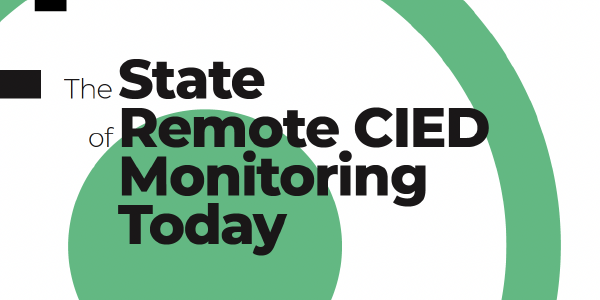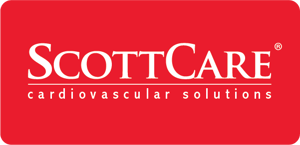
Challenges and Opportunities in Remote Monitoring of Medical Devices
At the 2023 HRS meeting in New Orleans, ScottCare and 91 Life cohosted a Rhythm Theater panel discussion on the subject of “The State of Remote CIED Monitoring Today”. This is part 1 of a series of summaries of the presentations presented by the speakers.
Dr. Janet Han delivered an insightful presentation on how Remote monitoring has emerged as the gold standard in healthcare, offering numerous benefits to patients and healthcare providers alike. However, despite its growing popularity, there are still significant challenges that need to be addressed for widespread adoption and success. In this blog post, we will share the three key challenges that Dr. Han outlined: patient connectivity, workflow optimization, and reimbursement. By understanding and overcoming these challenges, we can maximize the potential of remote monitoring and improve patient outcomes.
Patient Connectivity: Educating and Empowering Patients
One of the primary challenges in remote monitoring is ensuring patient connectivity. While surveys indicate that patients value remote monitoring for its safety and convenience, many still lack a clear understanding of its health benefits. Patient education plays a crucial role in enhancing connectivity and reducing anxiety. By educating patients about the purpose and advantages of remote monitoring, we can increase their acceptance and engagement with the technology. Studies have shown that when patients receive proper education and support, the mean transmission rate doubles, leading to improved connectivity and potentially better outcomes.
The Significance of Connectivity: Improved Survival Rates
Connectivity is not just a convenience factor; it has a direct impact on patient outcomes. Research suggests that remote monitoring is associated with increased survival rates, regardless of the type of medical device being monitored. However, the level of adherence and survival benefits are directly proportional to the level of connectivity. Patients who are more connected experience greater benefits and potentially improved survival rates. Thus, establishing and maintaining connectivity is paramount for achieving optimal clinical results.
Workflow Optimization: Enhancing Efficiency and Quality of Care
Remote monitoring introduces a multitude of tasks for healthcare providers. Managing these tasks efficiently is crucial to enhance the quality of care provided to patients. Workflow optimization enables healthcare professionals to provide timely and effective care while minimizing the administrative burden. By streamlining processes, improving infrastructure, and allocating sufficient resources, healthcare facilities can maximize the benefits of remote monitoring. Workflow optimization not only improves patient care but also enables healthcare providers to capture both the clinical and economic benefits of device data.
Interoperability and Data Standardization: Filling the Gaps
Achieving seamless interoperability and data standardization is an ongoing challenge in remote monitoring. While progress has been made, there are still gaps that need to be addressed. Manufacturers must align with global data formatting and communication standards, allowing for consistent and efficient data exchange with electronic health record systems. Additionally, patient engagement is vital in ensuring that individuals can access and interact with their own data. By bridging these gaps, we can establish a more robust and effective remote monitoring ecosystem.
Reimbursement Policies: Incentivizing Adoption
Reimbursement policies significantly influence the utilization and equality of remote monitoring across different regions. While some countries have well-established reimbursement systems, others lack comprehensive policies. Poor reimbursement hinders widespread adoption and exacerbates inequalities in healthcare. Reimbursement reform should consider the economic benefits of remote monitoring, such as decreased hospitalizations and outpatient visits. It is essential to emphasize that remote monitoring is akin to a virtual clinic visit, requiring time, expertise, effort, and overhead costs. By addressing reimbursement disparities, we can encourage broader adoption and ensure equitable access to remote monitoring.
Conclusion:
Dr. Janet Han illustrated how the remote monitoring of medical devices has transformed healthcare delivery, providing patients with increased safety, convenience, and potentially better outcomes. However, challenges related to patient connectivity, workflow optimization, and reimbursement must be overcome to fully realize its benefits. Through patient education, enhanced connectivity, workflow optimization, data standardization, and fair reimbursement policies, we can shape a future where remote monitoring becomes a cornerstone of patient care, fostering improved health outcomes and more efficient healthcare systems worldwide.


